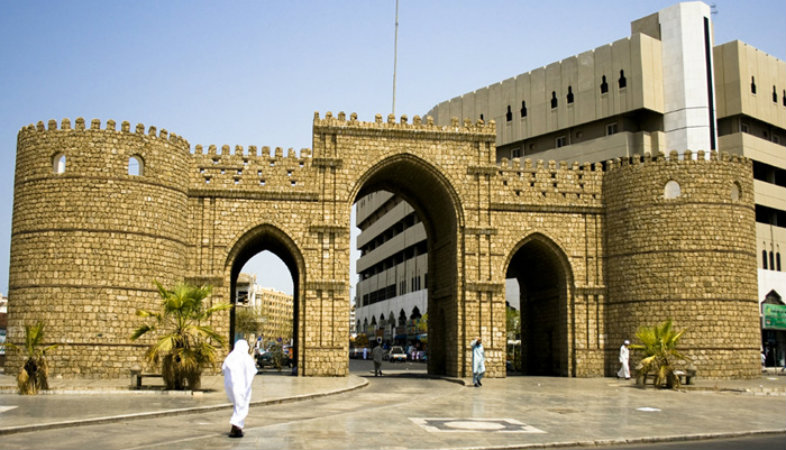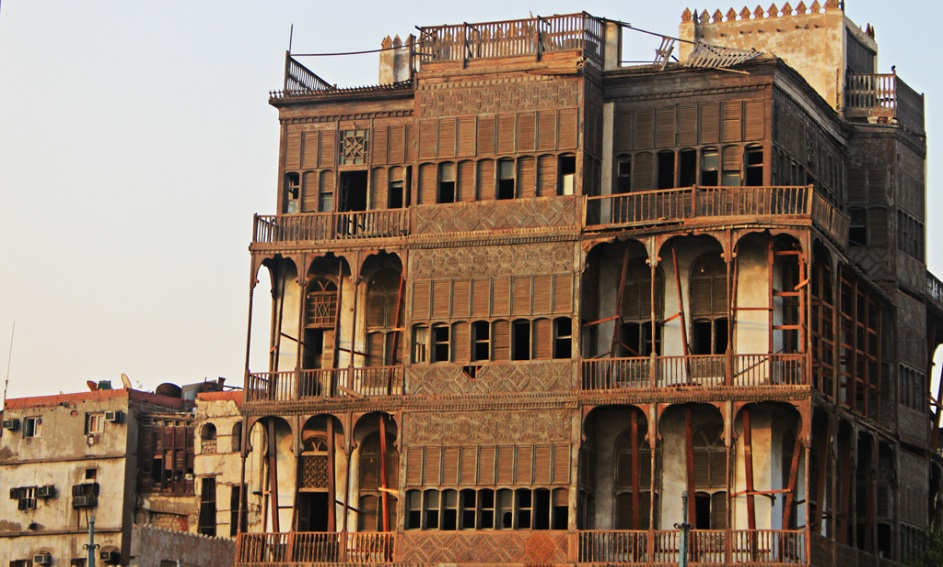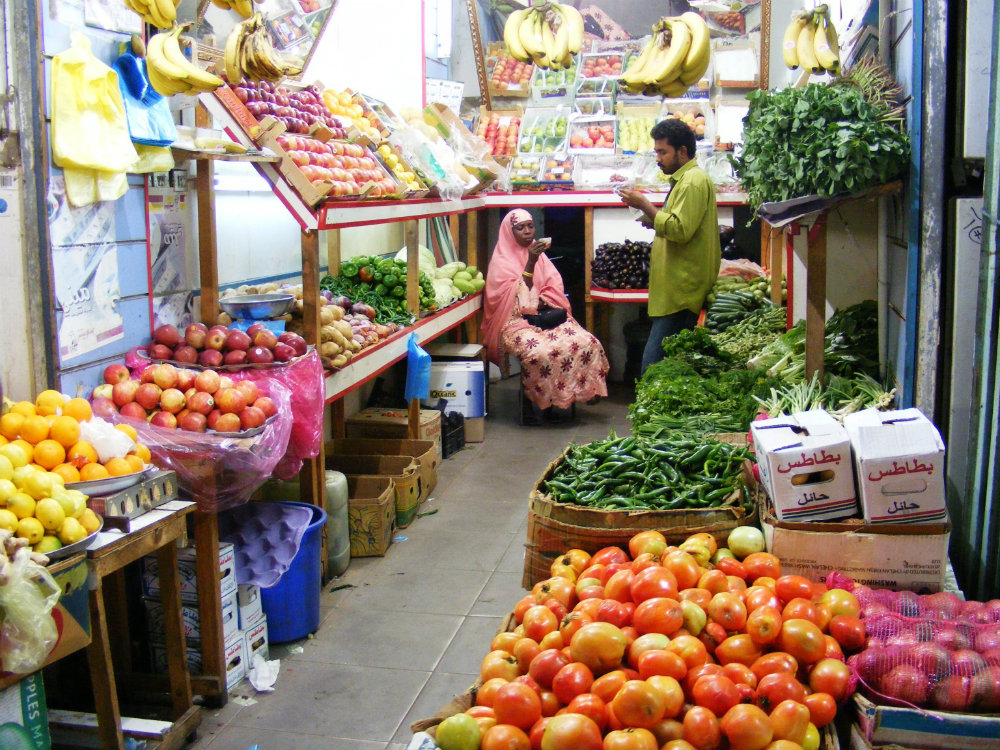Old City, Jeddah
Historic Old Jeddah has been an open museum for generations. Its heritage conveys the history of Jeddah city itself. This historic district is located in the heart of Jeddah and embraces many historical landmarks. Because of its location, Old Jeddah was used as a port for the Holy Makkah facilitating regional commerce as well as receiving Hajj and Umrah pilgrims.
Historic Jeddah’s most distinctive features are, the Old Jeddah Wall, which was built to protect the city against external aggressions, and its small districts and alleys that narrate the story of a beautiful past. There are a number of historic mosques and markets that are visited by the locals even today.
The Jeddah Wall encircles the city around all sides like a ring. A Mumluk sultan ordered its construction to protect it from the raids of Portuguese invaders in their quest to control navigation of the Red Sea. Throughout the wall are seven gates linking Jeddah to the outside world, which were constructed in stages over time according to necessity. They are Makkah Gate, Shareef Gate, Jadeed Gate, Al Bent Gate, Magharbah Gate, as well as a new gate added at the dawn of the century, the Sebbah Gate.

Jeddah was sectioned into a number of districts within its wall. Locals of the city called them districts or Haras (Arabic for neighborhoods). These districts gained their names either from their geographical locations within the city or due to a major event that they experienced. The districts are Harat Al Madhloom, Harat Al Sham, Harat Al Yemen, Harat Al Bahr, Harat Al Karnateena and Harat Al Milyon Tifl.

The old houses of Historic Jeddah were built based on old designs and architectural style, that served as an authentic and genuine form of art.
Locals built their houses using carefully quarried rocks from the nearby “Arba’een Lake". The rocks were reshaped using hand tools and set according to their sizes along the wooden beams obtained from the surrounding areas, such as Wadi Fatima, or imported from other countries, especially from India through the local seaport. They used clay dug out from the bottom of “Bahr Al-teen Lake” to bind the rocks. Construction method was to position rocks into Midameks, which are blocks of rocks being separated by wooden beams called “Taqalils”. Wooden beams were separated by a meter apart. This method helped distribution of weight evenly on the walls. Older buildings to a large extent resemble the modern buildings in the area, where the wooden beams are used to hold the rocks and concrete together, and also to reduce weight on the building.

Along the facades of closely aligned houses, locked doors, still windows and winding narrow alleys, are owners long gone, leaving behind life stories, and a beautiful past that once filled these homes.
The approximate area within the walls of Old Jeddah is estimated at about 1.5 square kilometers. It still possesses traces of traditional life reflecting the old social and economic nature, which is currently concentrated around the mosques and souks of the area. There are a number of handicraft shops scattered around. Some of the most popular shops in the historical area, past and present, which form the economic and dynamic backbone of the area are, Alawi Souk, Bedu Souk, Qabil Souk and Nada Souk. In addition to the historical Khans, also called kaysariya, i.e., closed roof markets with connected shops. Key Khans of Jeddah are Khan Al Hnood, Khan Al Qasabah, which is a fabric store, Khan Al Dalaleen and Khan Al Atareen.



































